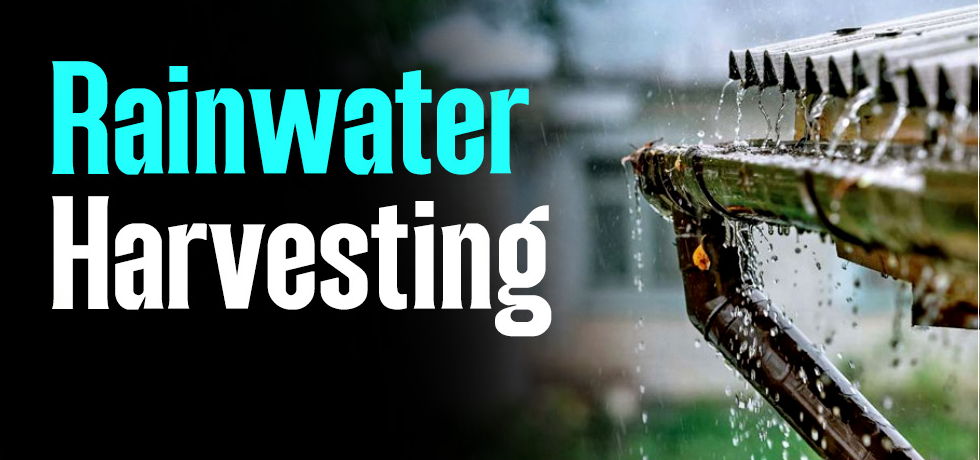
Water scarcity is a pressing issue in many parts of India, and efficient water management practices are vital for ensuring a sustainable water supply. One of the most effective methods to address this challenge is through rainwater harvesting, a practice that has been gaining popularity in Indian homes. When combined with water storage systems, rainwater harvesting not only conserves water but also provides a dependable source of water during dry periods. This article outlines how to combine rainwater harvesting and water storage for Indian homes effectively.
Understanding Rainwater Harvesting
Rainwater harvesting involves the collection and storage of rainwater for future use. It is a simple yet powerful technique that allows homeowners to make the most of seasonal rainfall. By collecting rainwater from rooftops, terraces, or other surfaces, this water can be filtered and stored for various uses such as irrigation, household chores, and even drinking water after proper treatment.
Choosing the Right Storage System
The first step in combining rainwater harvesting with water storage is selecting the appropriate storage system. The choice of storage tank depends on several factors, such as the size of the roof, the average annual rainfall in the area, and the household’s water requirements. Common storage options include:
1. Overground Tanks: These are typically made from materials like plastic, fiberglass, or concrete. They are easier to install and maintain and are available in various sizes to fit different household needs.
2. Underground Tanks: These tanks are ideal for homes with limited space. They help keep the water cool and are less prone to contamination from sunlight. However, installation can be more complex and may require professional assistance.
The capacity of the storage tank should be based on the average annual rainfall and the water demand of the household. A good rule of thumb is to store enough water to cover at least a month’s worth of usage during dry periods.
Effective Collection System
A proper rainwater collection system is essential to ensure that the maximum amount of rainwater is harvested efficiently. This system typically consists of:
1. Gutters and Downpipes: These collect the rainwater from the roof and channel it into the storage tank. Make sure that the gutters are clean and free from debris to prevent blockages.
2. First-Flush Diverter: This device ensures that the first rainfall, which might contain dirt, dust, and debris, is diverted away from the storage tank, leaving cleaner water for storage.
3. Filters: Install filters to remove any impurities from the rainwater before it enters the storage tank. This step is crucial, especially if the water is intended for drinking or bathing.
Water Treatment and Purification
If the harvested rainwater is to be used for drinking, it must undergo proper treatment. Simple filtration methods, such as sand or charcoal filters, can remove basic impurities. For higher levels of purification, UV treatment or reverse osmosis (RO) systems can be installed to ensure safe drinking water.
For non-potable uses, like irrigation or cleaning, a basic filtration system may suffice.
Maintenance of the System
Maintaining the rainwater harvesting and storage system is key to ensuring long-term effectiveness. Regular cleaning of gutters, downpipes, and filters is necessary to prevent contamination. Additionally, inspect the storage tank for leaks, cracks, or algae buildup. If using underground tanks, ensure that they are properly ventilated to prevent any stagnant water issues.
Maximizing Efficiency
To maximize the efficiency of your rainwater harvesting system, consider using the stored water judiciously. Invest in water-efficient appliances, such as low-flow taps and showerheads, and use the harvested rainwater for tasks like washing clothes, watering plants, or cleaning floors.
Conclusion
Combining rainwater harvesting with water storage offers an eco-friendly and sustainable solution to the water crisis in Indian homes. By installing a well-designed rainwater harvesting system, choosing the right storage tank, and maintaining the system properly, homeowners can ensure a steady supply of water, even during dry spells. With rising awareness and government support, adopting such systems can contribute significantly to conserving precious water resources for future generations.


